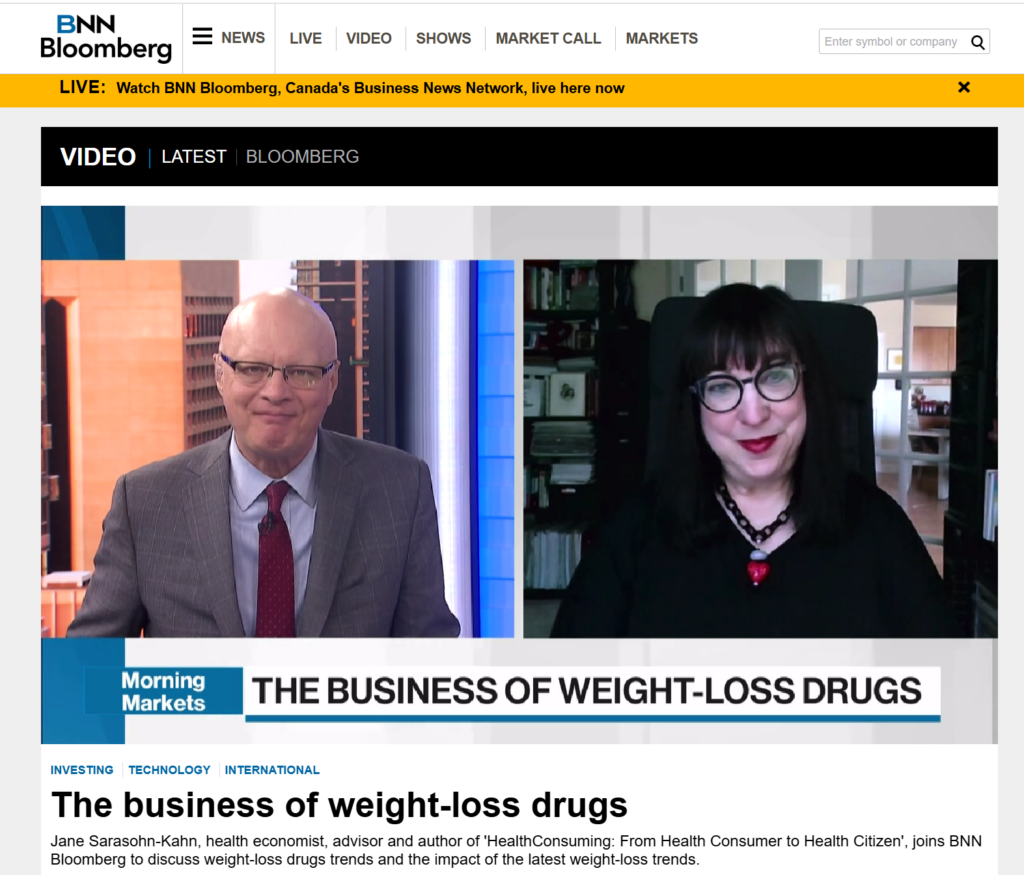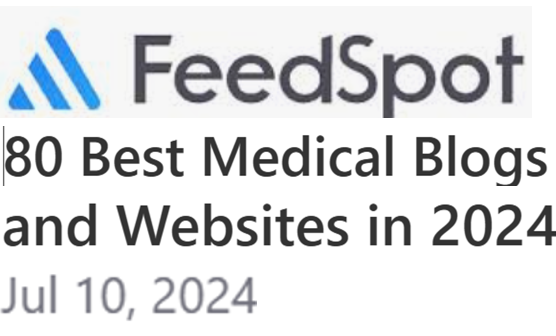Nearly 1 in 2 women put off seeking health care because the cost was too high. The kinds of services delayed included visits to the doctor, medical procedures, and filling prescription medications.
Nearly 1 in 2 women delayed health care in the past year due to costs – the economic impact on a woman’s physical, emotional, and fiscal health
By Jane Sarasohn-Kahn on 3 December 2008 in Consumer-directed health, Financial health, Financial wellness, Health benefits, Health Consumers, Health costs, Health engagement, Health finance, Health insurance, Health marketing, Health reform, Health social networks, Healthcare DIY, HealthcareDIY, Medical banking, Medication adherence, Moms and health, Money and health, Patient engagement, Personal health finance, Popular culture and health, Prevention and wellness, Shopping and health, Transparency, Women and health
The fourth annual T.A.L.K. Survey was released this week by the National Women’s Health Resource Center (NWHRC), focusing on the declining economy and its impact on women and three dimensions of their health — physical, emotional, and fiscal.
40% of women say that their health has worsened in the past five years due to increasing stress and gaining weight, according to the survey.
One of the most interesting aspects of the survey is that women tend to think positively about aging. They look to public figures as role models in their quest for healthy aging. The top-cited celebrities for health role models in aging included Tina Turner as the woman-over-50 that American women most admire; Tina earned twice as many votes as the #2 and #3 role models, Sophia Loren and Diane Keaton.
The key positive aspects of healthy aging that these women embrace were staying active while getting older, staying fit, and having a positive attitude about aging.
What does it mean to grow older in good health? Women say…
Being in good mental health, 92%
Not having any serious physical conditions, 86%
Being physically active, 85%
Having my medical conditions under control, 81%
Being independent, 80%
Spending time with family, 74%
Maintaining contact with friends, 65%
Maintaining my physical appearance, 63%
Visiting the doctor regularly, 56%
Being involved in my community, 35%.
Health behaviors women most adopt for healthy aging include quitting smoking (26%), regular exercise (19%), seeing the doctor for annual exams (18%), and eating healthfully (14%).
Women undertake two other actions to feel good about getting older: wearing flattering clothes (15%) and using moisturizer (14%).
Fiscal health also contributes to women’s healthy mindsets. Only 4 in 10 women feel financially secure when it comes to aging. 51% of women want financial information to help them manage the aging process. This encompasses not only info about money, but information about health insurance options.
The NWHRC website hosts a broad range of health information targeted to women’s wellness and healthy aging. NWHRC is a non-profit organization which partners with health providers and clinicians, suppliers (pharmas, device cos., etc.), web companies, government agencies, and other non-profits.
Harris Interactive conducted the 2008 T.A.L.K. survey on behalf of the NWHRC between September 25, 2008 and October 2, 2008 among 754 women aged 18 or older.
Health Populi’s Hot Points: As in previous studies on how health costs impact consumer demand for health services, the 2008 T.A.L.K. survey illustrates the relationship between immediate direct costs and demand for a large number of women.
However, it looks like women aren’t connecting the preventive health dots between taking care of health business today versus tomorrow, or next week. Avoiding short-term costs of care can increase costs in the longer term across all 3 dimensions of health – physical, emotional, and fiscal.
One encouraging datapoint in the survey says that, to reduce their out-of-pocket health care costs, 85% of women would maintain a healthy diet; 77% would lose weight or maintain a healthy weight; and, 77% would engage in 30 minutes of light to moderate activity 5 times each week, or 20 minutes of vigorous activity 3x per week.
We have new tools to help people manage these behaviors on a daily basis. One I saw at the Health 2.0 Conference was Zumelife, featuring “Zuri,” a handheld device that provides reminders throughout the day. An ordinary cell phone could work for this purpose, as well, broadcasting simple health messages. Or think about a private-label Twitter sub-group for this purpose of women in a local community, sponsored perhaps by a local provider group.
Women want to age and rock out like Tina in their 60s and 70s. A great many of us need more support to do so from our health plans, providers, financial services companies, employers, families…and as the great book reminds us, “Our Bodies, Ourselves.”




 Interviewed live on BNN Bloomberg (Canada) on the market for GLP-1 drugs for weight loss and their impact on both the health care system and consumer goods and services -- notably, food, nutrition, retail health, gyms, and other sectors.
Interviewed live on BNN Bloomberg (Canada) on the market for GLP-1 drugs for weight loss and their impact on both the health care system and consumer goods and services -- notably, food, nutrition, retail health, gyms, and other sectors. Thank you, Feedspot, for
Thank you, Feedspot, for  As you may know, I have been splitting work- and living-time between the U.S. and the E.U., most recently living in and working from Brussels. In the month of September 2024, I'll be splitting time between London and other parts of the U.K., and Italy where I'll be working with clients on consumer health, self-care and home care focused on food-as-medicine, digital health, business and scenario planning for the future...
As you may know, I have been splitting work- and living-time between the U.S. and the E.U., most recently living in and working from Brussels. In the month of September 2024, I'll be splitting time between London and other parts of the U.K., and Italy where I'll be working with clients on consumer health, self-care and home care focused on food-as-medicine, digital health, business and scenario planning for the future...